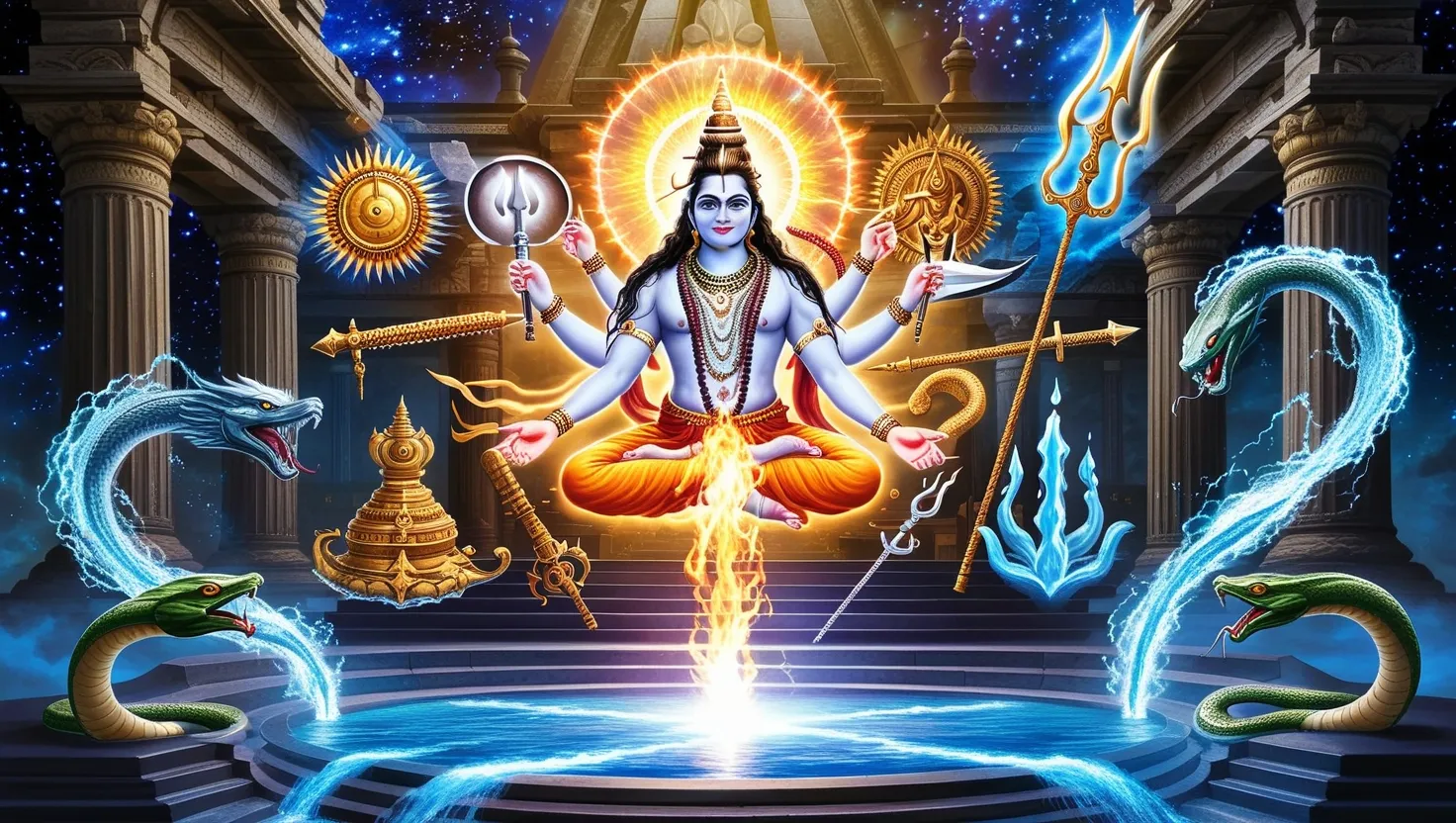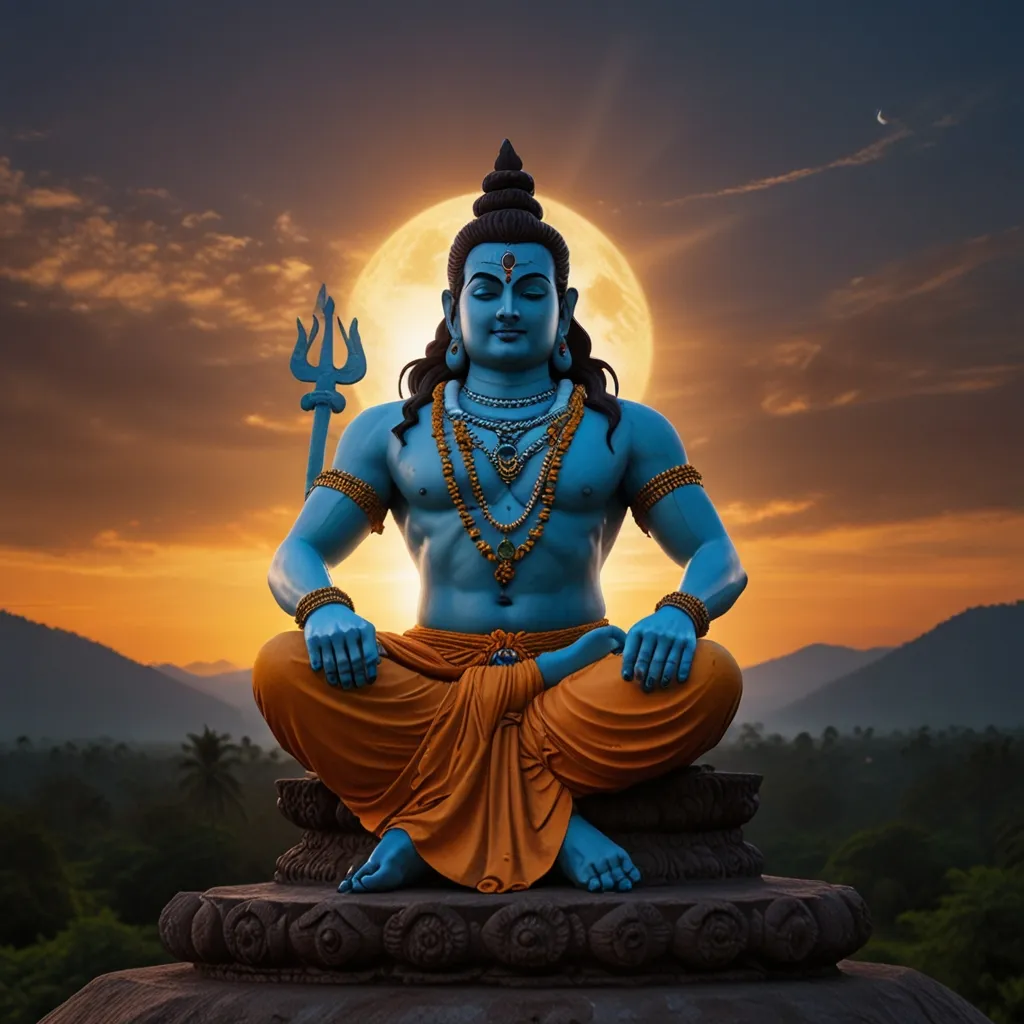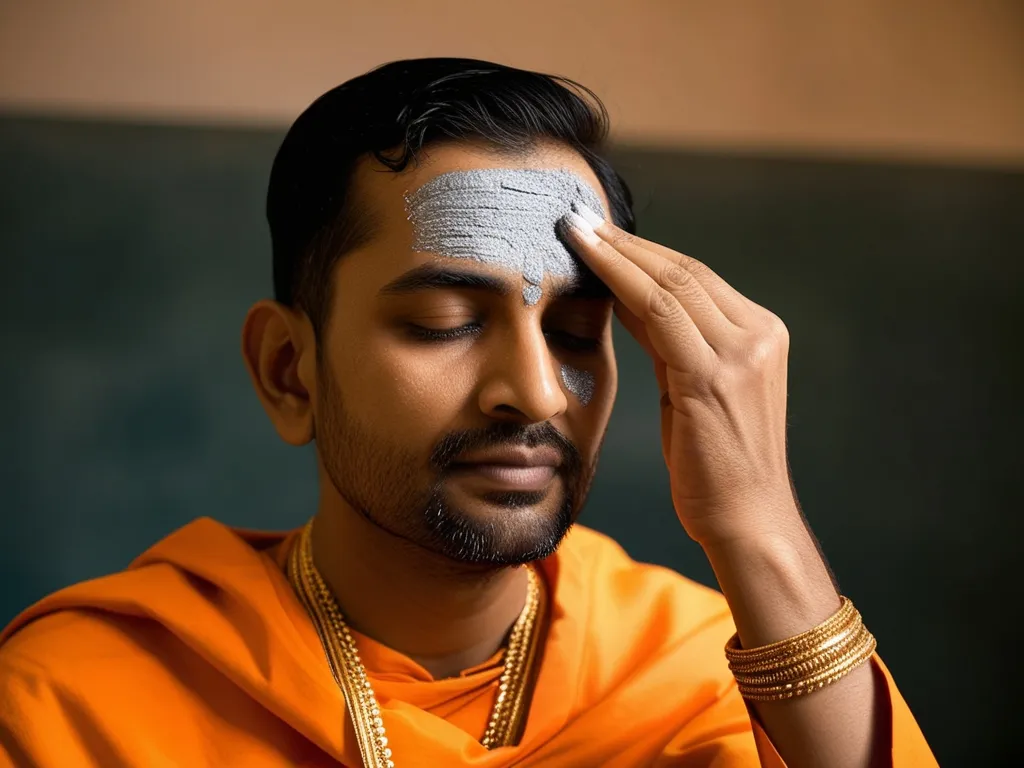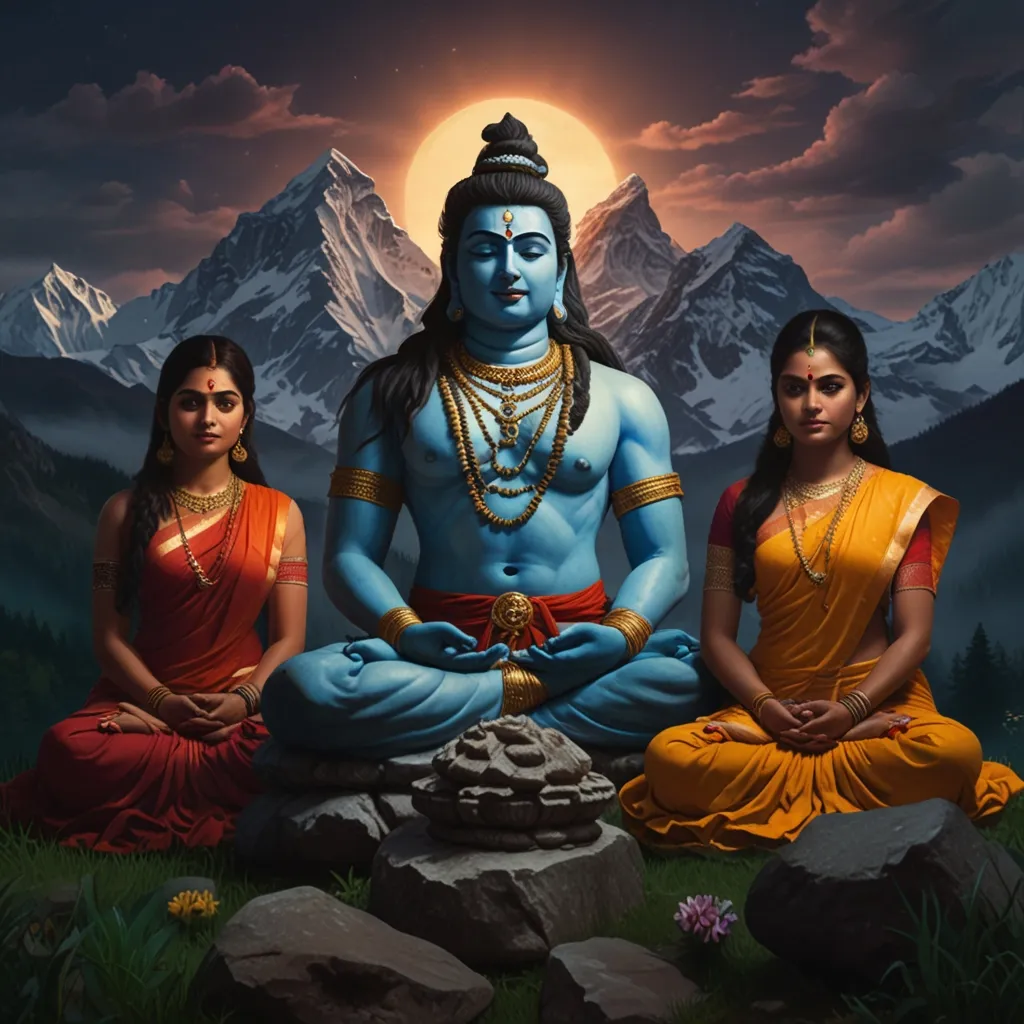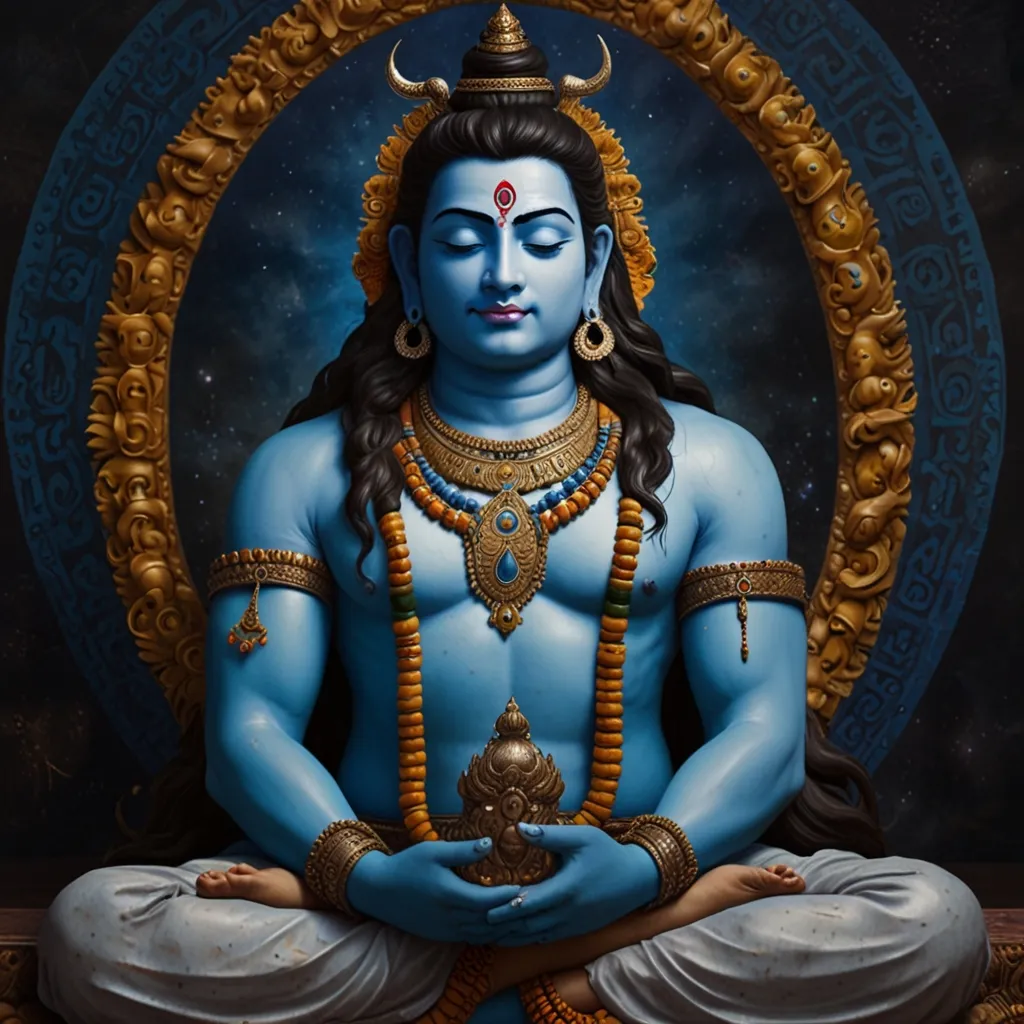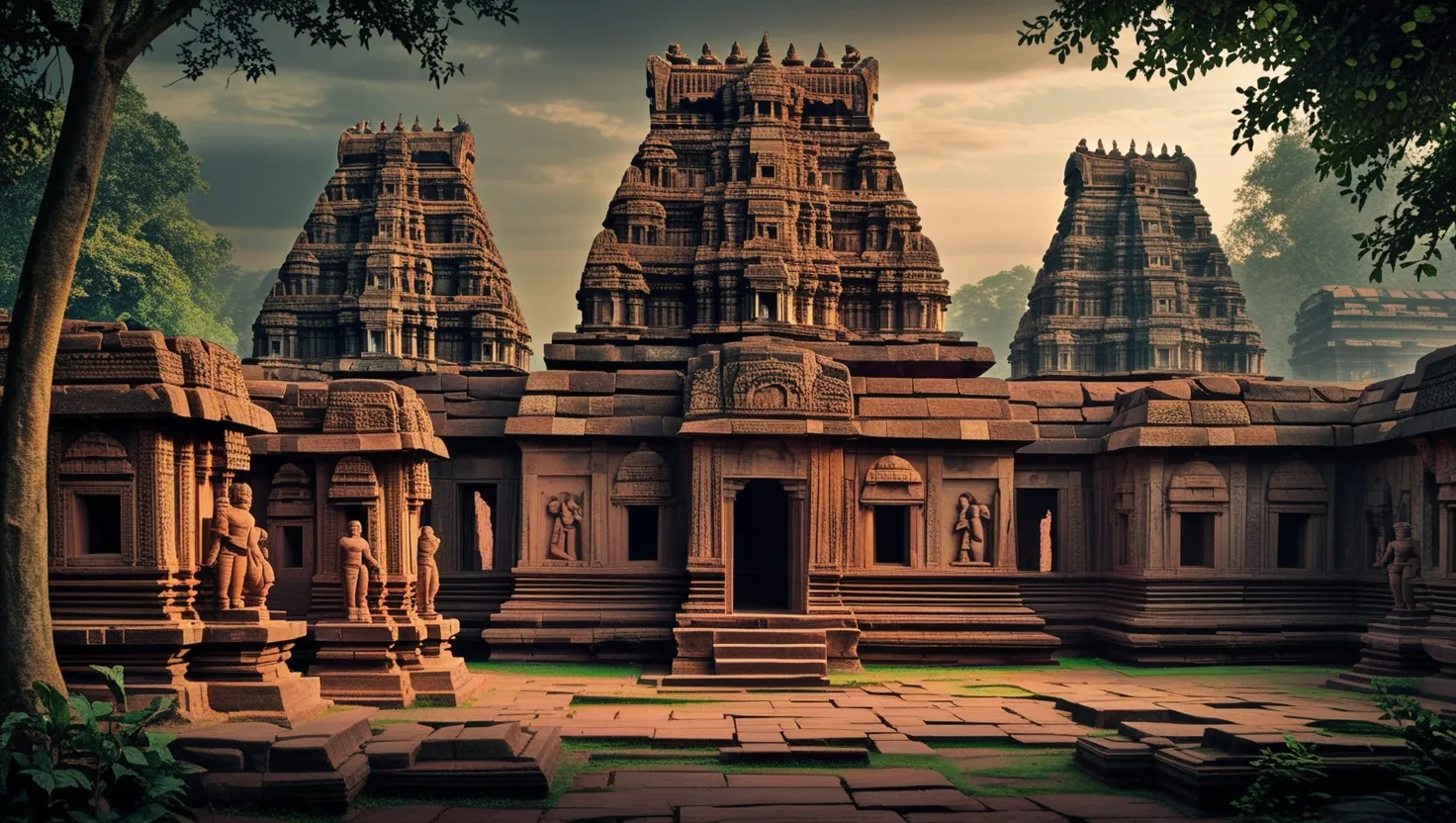The ancient Hindu epics and Puranas paint a vivid picture of celestial weapons wielded by gods and legendary heroes. These divine armaments, known as astras, were imbued with cosmic powers far beyond mortal comprehension. As I delved into the lore surrounding these mythical weapons, I found myself captivated by their rich symbolism and the profound spiritual concepts they embodied.
At the pinnacle of this divine arsenal stood the Brahmastra, created by Lord Brahma himself. This ultimate weapon of mass destruction could annihilate entire armies and lay waste to vast swaths of land. The texts describe it manifesting as a column of fire and smoke, accompanied by earth-shattering thunder. But the Brahmastra was no mere bomb - it required immense spiritual knowledge and purity of intent to summon and control. In many ways, it represented the double-edged sword of ultimate power - capable of upholding righteousness, but also of wreaking terrible devastation if misused.
“Power tends to corrupt, and absolute power corrupts absolutely.” - Lord Acton
This quote seems particularly apt when considering the Brahmastra. How might possessing such godlike destructive capability affect even the most noble warrior? The Puranas emphasize that only those of the highest moral character were entrusted with knowledge of the Brahmastra.
Moving down the hierarchy of celestial weapons, we encounter Lord Vishnu’s personal armament - the Narayanastra. This fascinating weapon multiplied into millions of similar missiles when launched, overwhelming enemies through sheer numbers. Intriguingly, the texts state it could not be overcome by any means except total surrender. This quality perfectly embodied Vishnu’s role as the great preserver of cosmic order. The Narayanastra punished those who resisted the divine will, while offering mercy to those who submitted.
What does this tell us about the Hindu conception of divine justice? Is there a message here about the futility of opposing cosmic law?
Lord Shiva’s contribution to the celestial arsenal came in the form of the dreaded Pashupatastra. As the deity of destruction, Shiva’s weapon fittingly had the power to lay waste to all of creation. The Puranas describe it as virtually unstoppable - only Shiva himself could neutralize its effects. Fascinatingly, this weapon could only be obtained through intense spiritual austerities and Shiva’s direct blessing. It represented the razor’s edge between enlightenment and annihilation - ultimate spiritual power that could easily lead to ultimate destruction if wielded unwisely.
The Vaishnavastra provides an interesting counterpoint to Shiva’s weapon of destruction. This astra channeled Vishnu’s preserving energy, manifesting as thousands of razor-sharp discuses similar to the legendary Sudarshana Chakra. While undoubtedly destructive against enemy forces, its essential nature was protective rather than annihilating. This dichotomy between Shiva and Vishnu’s weapons mirrors the cosmic interplay between creation, preservation, and destruction.
Varuna, the Vedic god of waters, lent his name to the Varunastra - a weapon that unleashed massive floods and torrents. The Puranas describe it as particularly effective for countering fire-based weapons and attacks. I find it fascinating how these celestial weapons often embodied natural forces and elements. They paint a picture of warfare that goes beyond mere physical combat, extending into manipulation of the very fabric of reality.
Have you ever wondered how ancient cultures conceptualized the relationship between the natural world and divine power? The astras provide an intriguing window into this worldview.
Finally, we come to one of the more unusual entries in the divine arsenal - the Nagastra. This serpent-weapon transformed into thousands of venomous snakes upon release, relentlessly pursuing enemies across great distances. The Puranas note its particular effectiveness against aerial targets. Beyond its literal description, the Nagastra carries rich symbolic meaning. Snakes have long been associated with hidden knowledge and spiritual power in Hindu tradition. Perhaps this weapon represents the way wisdom and enlightenment can overcome even the most elusive foes.
As I reflected on these celestial weapons, I was struck by how they blur the lines between technology, spirituality, and natural forces. They embody the Hindu conception of an interconnected cosmos where the material and divine realms intertwine. The astras were not mere tools, but extensions of cosmic will channeled through worthy vessels.
“Science without religion is lame, religion without science is blind.” - Albert Einstein
Einstein’s words resonate strongly when considering the astras. These weapons represent a worldview where scientific principles and spiritual truths are one and the same. The wielder of an astra was simultaneously a warrior, a scientist, and a mystic.
I found myself wondering - how might our modern world be different if we viewed technology through a more holistic, spiritual lens? What if we saw our most powerful weapons not just as tools, but as awesome responsibilities with profound karmic weight?
The celestial weapons of Hindu lore offer more than just thrilling stories of divine combat. They provide a window into an ancient worldview that saw the cosmos as a living tapestry of interconnected forces. They remind us that power, knowledge, and spirituality are inextricably linked. Most of all, they caution us to wield the incredible technologies of our own era with wisdom, restraint, and reverence for the greater cosmic order.
As our own weapons grow ever more destructive, perhaps we would do well to approach them with some of the gravitas and spiritual maturity that surrounded the astras of old. The ancient sages who wrote of these divine armaments understood a profound truth - that the greatest battles are fought not on physical battlefields, but in the depths of the human heart and spirit.
What lessons do you think we can draw from these mythical weapons? How might they change the way we think about power and responsibility in the modern world?
